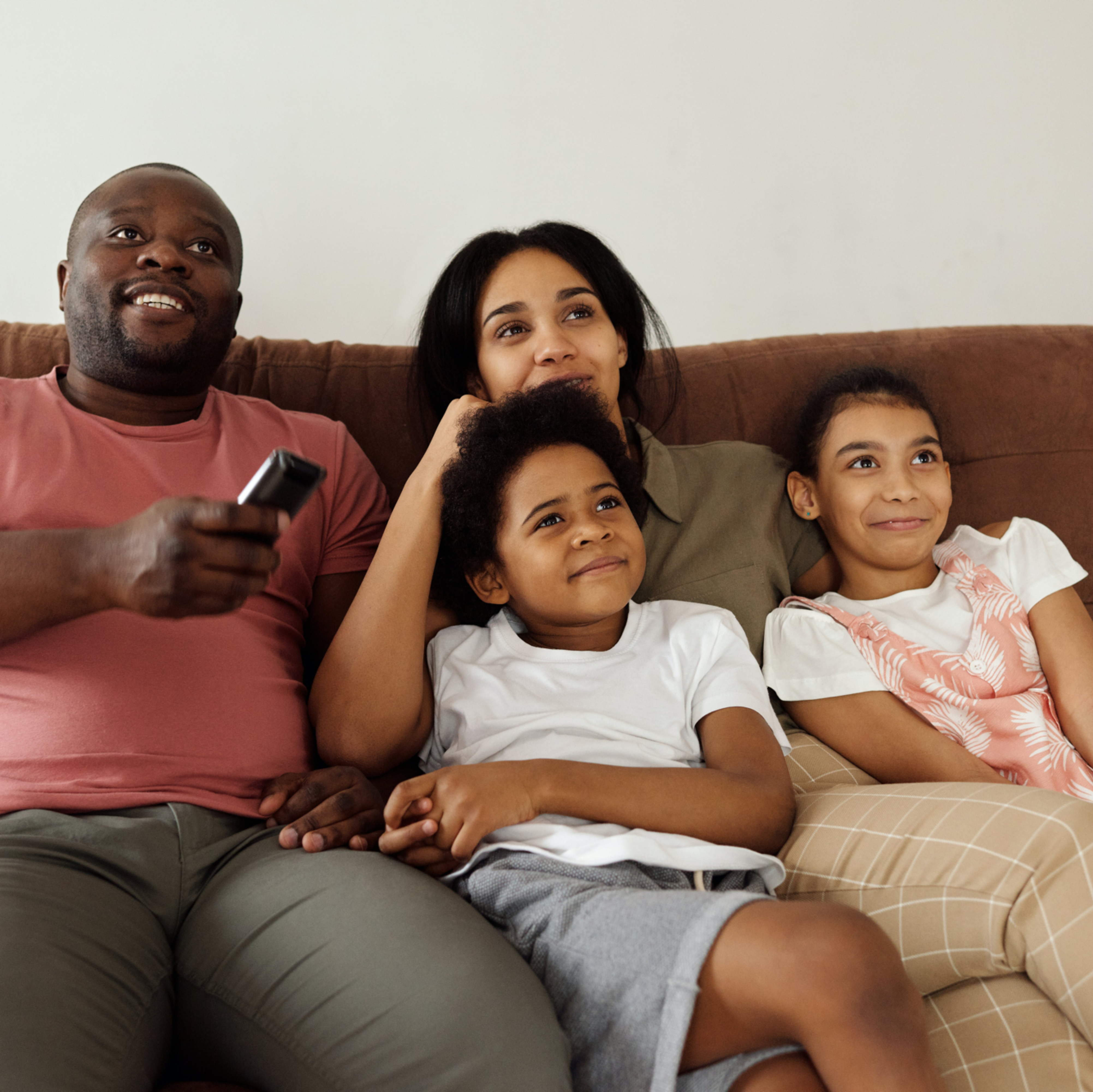
Some ways of thinking help us lead to a healthier, holier, happier life. Other ways of thinking aren’t helpful at all, leading us to powerlessness, isolation, and self-indulgence.
This was one of the key insights of the great spiritual master St. Ignatius of Loyola, who realized that some thoughts (or “movements of the soul”) drew him closer to God and his own well-being, while others led him away from those things.
More than five hundred years later, a similar insight among psychologists would give birth to cognitive behavioral therapy, a form of psychotherapy that has proven effective for treating anxiety and depression.
As Dr. Greg Popcak points out in his book Unworried: A Life without Anxiety, the two frameworks—one spiritual and one more science-based—can both help us identify whether our “self-talk” (the little stories we tell ourselves to make sense of our experience) are healthy, godly, and productive. Identifying unhelpful self-talk can help us take steps to change the unconscious “scripts” that are sabotaging our lives.
Dr. Popcak goes into more detail about St. Ignatius’s approach to discerning helpful and unhelpful thoughts in Unworried, but for now, let’s turn to some of the most common types of unhelpful self-talk identified by cognitive behavioral therapists.
The Top Ten Types of Unhelpful “Self-Talk”
The following list of “cognitive distortions” (so-called because they distort our perception of reality) is taken from chapter 2 of Dr. Popcak’s book, God Help Me! The Stress is Driving Me Crazy!
1. Mind Reading
Mind reading involves assuming you know what others are thinking without having sufficient evidence.
Example: You’re in a meeting and your boss looks at you briefly with a stern face. You immediately think, “My boss is disappointed with my work,” without any concrete evidence or feedback to support this assumption.
2. Filtering
Filtering involves focusing exclusively on the negative aspects of a situation while ignoring the positive.
Example: You receive feedback on a project. Despite receiving nine positive comments and one slightly critical one, you focus solely on the criticism, ignoring all the positive feedback.
3. Magnification
Magnification is exaggerating the importance or severity of events, often perceiving them as more disastrous than they are.
Example: You make a minor mistake in your report and think, “This is a disaster! It’s going to ruin my entire career,” amplifying the significance of the error.
4. Catastrophizing
Catastrophizing involves expecting the worst-case scenario to happen and seeing it as an inevitable outcome.
Example: You feel a mild pain in your back and immediately think, “What if it’s a serious illness? I might end up bedridden and unable to work.”
5. Emotional Reasoning
When you believe that what you feel must be true, even if there is no factual evidence to support it, you’re engaged in emotional reasoning.
Example: You feel anxious about flying and conclude, “Because I feel scared, flying must be a very dangerous way to travel,” even though statistics show it’s quite safe.
6. Polarized Thinking
Polarized thinking involves viewing situations, people, or self in extreme, all-or-nothing terms, without recognizing any middle ground.
Example: You don’t get the promotion you wanted and think, “If I’m not a complete success, I’m a total failure,” seeing things in black-and-white terms.
8. Fallacy of Internal Control
The fallacy of internal control leads you to believe that you are responsible for events and feelings that are actually outside your control.
Example: Your friend is in a bad mood and you think, “It must be because of something I did,” assuming you have more control over others’ emotions than you actually do.
8. Personalizing
Personalizing involves attributing external events or others’ behaviors to yourself, often blaming yourself for things you are not responsible for.
Example: Your spouse is short-tempered one evening and you immediately think, “They must be upset with me,” taking their mood as a reflection of your actions or worth.
9. The ‘Shoulds’
The ‘Shoulds’ involve imposing rigid rules on yourself or others about how people should behave, leading to guilt and frustration when these expectations are not met.
Example: You tell yourself, “I should always be working and productive,” and feel guilty whenever you take time for leisure, imposing rigid rules on yourself.
10. The Fallacy of Change
The fallacy of change means believing that your happiness depends on changing others to meet your expectations or desires.
Example: You believe, “If I can make my partner more outgoing, we’ll be happier,” thinking that changing someone else is the key to your happiness.
Changing Unhelpful Self-Talk
These distorted ways of thinking have real consequences for our life, leaving us poorly equipped to deal with things the way they really are. Moreover, a number of studies show that cognitive distortions lead to poor mental health and poor relationship satisfaction.
The good news is that once we recognize our unhelpful self-talk, we can change it—although that can be challenging, given that these self-sabotaging scripts are often deeply rooted in our subconscious brain.
We’ll look at some steps to help us rewrite those scripts in a future post, but if you can’t wait, contact a Catholic therapist at CatholicCounselors.com.




